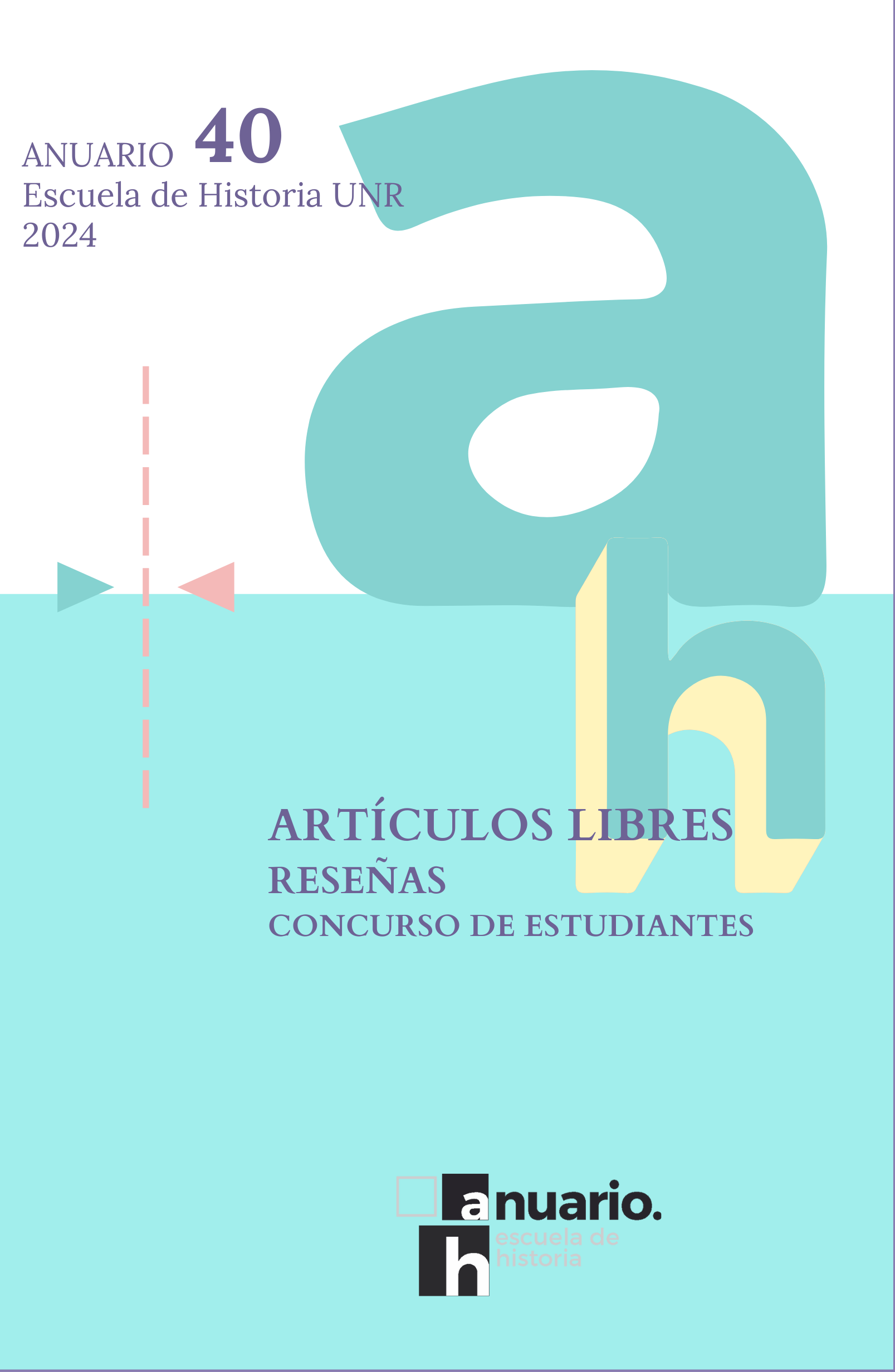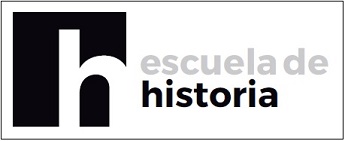Lexemes of movement and objectifications in the Book of Amduat
DOI:
https://doi.org/10.35305/aeh.vi40.415Abstract
An inventory of all those actions in general and movement in particular of Re in the Duat -general space of the deceased and therefore Osirian domain- is proposed in the so-called Book of Amduat, in order to understand not only the dynamics of the funerary world but also the complex dialectic that its presence operated during the night. Thus, an inventory of the verbs of movement, general actions, assignments of the sun-god to the deceased, etc., is presented, in order to measure the characteristics of solar activity, its regeneration and its dynamism that give meaning to its journey through the Duat in the Book of Amduat.Downloads
References
Abt, Th.; Hornung, E, (2007). The Egyptian Amduat. The Book of the Hidden Chamber. Zurich: Living Human Heritage Publications.
Assmann, J. (1990). Ma'at. Gerechtigkeit und Unsterblichkeit im Alten Äegypten. Munich: Verlag C. H. Beck.
Bochi, A. (1994). Images of Time in Ancient Egyptian Art. Journal of the American Research Center in Egypt 31, 55-62. https://doi.org/10.2307/40000667
Bonami, O. y Crysmann, B. (2018). Lexeme and flexeme in a formal theory of grammar. En O.
Bonami, G. Boyé, G. Dal, H. Giraudo, y F. Namer, (eds.) The lexeme in descriptive and theoretical morphology. Language Science Press. Berlin.
Griffiths, J. G. (1980). The Origins of Osiris and his Cult. Studies in the History of Religions. Supplements to NVMEN 40. Leiden: E.J. Brill. https://doi.org/10.1163/9789004378582
Hidding, K.A.H. (1959). The High God and the King as Symbols of Totality. La Regalitá Sacra. Contributi al tema de'll VIII Congresso Internazionale di Storia delle Religioni. Leiden: E. J. Brill, 55-62. https://doi.org/10.1163/9789004377950_006
Hornung, E. (1963). Das Amduat. Die Schrift des verborgenen Raumes., Ägyptologische Abhandlungen 7, Vol. 2, Wiesbaden: O. Harrassowitz.
Hornung, E. (1967). Das Amduat. Die Schrift des verborgenen Raumes. Vol. 3. Die Kurzfassung. Nachträge. Wiesbaden. O. Harrassowitz.
Hornung, E. (1987-1994). Texte zum Amduat. Aegyptiaca Helvetica 13-15, Genève. Editions de Belles Lettres.
Hornung, E. (1992). Zur Struktur des ägyptischen Jenseitsglaubens. Zeitschrift für ägyptische Sprache und Altertumskunde 119, 124-130. https://doi.org/10.1524/zaes.1992.119.2.124
Hornung, E. (1999). El Uno y los Múltiples. Concepciones egipcias de la divinidad. Madrid: Ed. Trotta.
Hornung, E. (2001). Time in the Egyptian Netherworld. CADMO revista de hitória antiga 11, 8-14.
Jackson, H. (2014). Words and Their Meaning. London and New York: Routledge Taylor & Francis Group.
Morenz, S. (1992). Egyptian Religion. Ithaca: Cornell University Press.
Sadek, A. F. (1985). Contribution a L'Ètude de L'Amdouat. Freiburg. Orbis Biblicus et Orientalis 65.
Sorensen, J. P. (1989a). Ancient Egtptian Religious Thought and the XVIth Hermetici Tratacte. The Religions of the Ancient Egyptians. Cognitive Structures and Popular Expressions. Proceedings of Symposia in Uppsala and Bergen 1987 and 1988; Uppsala Studies in Ancient Mediterranean and Near Eastern Civilizations 20, Uppsala, 41-57.
Sørensen, J. P. (1989b). The So-called Democratizacion of Egyptian Funerary Literature as a Social-cultural Process. Uppsala. Ibid, 109-125.
Wiebach-Koepke, S. (1997). Standorte - Bewegungstypen - Kreisläufe Semantische Betrachtungen zur Dynamik der Sonnenlaufprozesse in Amduat und Pfortenbuch. Studien zur
Altägyptischen Kultur 24, 337-366.
Youssef, A. A. (1982). The Cairo Imduat Papyri. Bulletin de l'Institut français d'archéologie orientale 82, 1-17.
Published
How to Cite
Issue
Section
License
Copyright (c) 2024 Mariano Bonanno

This work is licensed under a Creative Commons Attribution-NonCommercial-ShareAlike 4.0 International License.
Los autores que publican en esta revista están de acuerdo con los siguientes términos:
Al momento de enviar sus contribuciones, los colaboradores deberán autorizar su publicación conservando los derechos de autoría, y transfiriendo a la revista todos los derechos protegidos por las leyes de propiedad intelectual que rigen en Argentina, que implican la edición para difundir la obra en soporte digital en que se aloja la revista. Deberán declarar que poseen el permiso del archivo o repositorio donde se obtuvieron los documentos que se anexan al trabajo, cualquiera sea su formato (manuscritos inéditos, imágenes, archivos audiovisuales, etc.), permiso que los autoriza a publicarlos y reproducirlos, liberando a la revista y sus editores de toda responsabilidad o reclamo de terceros.
Asimismo, los autores deben adherir a la licencia Creative Commons denominada “Reconocimiento - No Comercial- Compartir Igual CC BY-NC-SA”, mediante la cual el autor permite copiar, reproducir, distribuir, comunicar públicamente la obra y generar obras derivadas, siempre y cuando se cite y reconozca al autor original. No se permite, sin embargo, utilizar la obra con fines comerciales. Los autores podrán establecer acuerdos adicionales para la distribución no exclusiva de la versión de la obra publicada en la revista (por ejemplo, situarlo en un repositorio institucional o publicarlo en un libro), con el reconocimiento de haber sido publicado primero en esta revista.



.png)







1.jpg)
.png)














1.png)
